
The UnDiet, The New Meal Deal
The healthiest new diet might not be a diet at all. “The undiet approach is about finding the diet that really works for you as an individual,” explains nutritionist Meghan Telpner, author of UnDiet: Eat Your Way to Vibrant Health and, most recently, The UnDiet Cookbook.
So, how do you do that? It’s all about the quality of the food and tuning into how you feel on a daily basis. There’s no counting calories or grams of fat, she says. Instead, you should read labels and look for ingredients that you can cook with (read: minimally processed whole foods), and cook with foods that are packed with micronutrients, including vitamins, minerals and phytonutrients. “You want to focus on all those essential components that make our cells run and foods that have the highest concentration of those for every bite,” she says.
There are a number of benefits to eating this way, but one of the biggest is that it helps do away with feeling guilt or shame about what you eat, says Michelle Jaelin, a registered dietitian and owner of NutritionArtist Inc. “Instead of cutting out certain foods or food groups that are usually associated with traditional dieting, the undiet approach cultivates a positive relationship with food and focuses on food as nourishment for the body.” Ready to start? Integrate these seven healthy eating tips to your weekly meal plans.
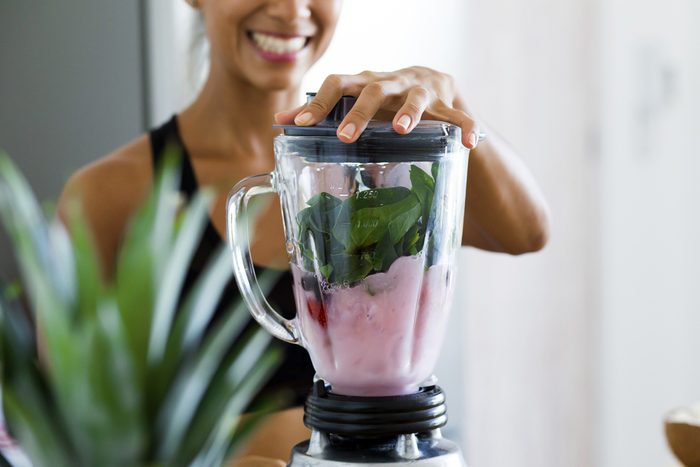
1. Stick To Smoothies
Smoothies are a fantastic way to get tons of nutrition in one package, and they’re great for a speedy breakfast at home or on the go. “A smoothie is the ultimate fast food,” says Telpner. But you need to include ingredients that contain fat, protein and fibre so that it’s more than just a milkshake. That means proteins like hemp seeds, protein powder, tahini, soaked sesame seeds, pumpkin seed butter and fats like flaxseed oil, ghee or coconut oil. Leafy greens like spinach and kale are great sources of fibre and offer small amounts of protein, too.
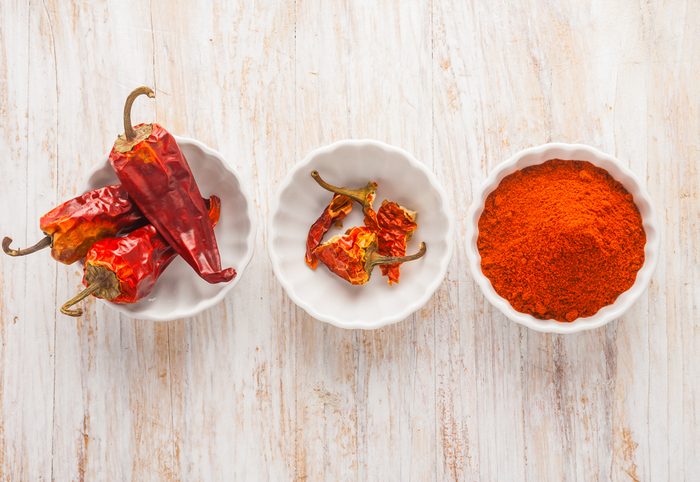
2. Get Spicy
Take today to play with some immunity-boosting spices. Telpner loves turmeric because it’s anti-inflammatory thanks to curcumin. Powdered and freshly grated turmeric can season any protein you’re cooking and be added to stir-fries and soups, but Telpner’s favourite way to enjoy it is in a warm turmeric tea latte. “Simmer the turmeric to make a tea and then blend it with your milk – almond or coconut milk – and a little bit of honey,” she explains. “You can add ginger, cinnamon and other spices and it’s so delicious.”

3. Drink Up
Staying hydrated is an important part of the undiet approach. “Sometimes we’ll crave sweets when we’re actually just thirsty,” says Telpner. “Hydration is key for our digestive system to function, as well as for our cholesterol levels, joints, skin, hair, nails and all the tissues in our body.” To stay hydrated, it doesn’t get any simpler than water, which you can drink in its purest form or flavoured to make it more fun and festive. “Add lemon, frozen grapes or essential oils, or have an herbal tea.”
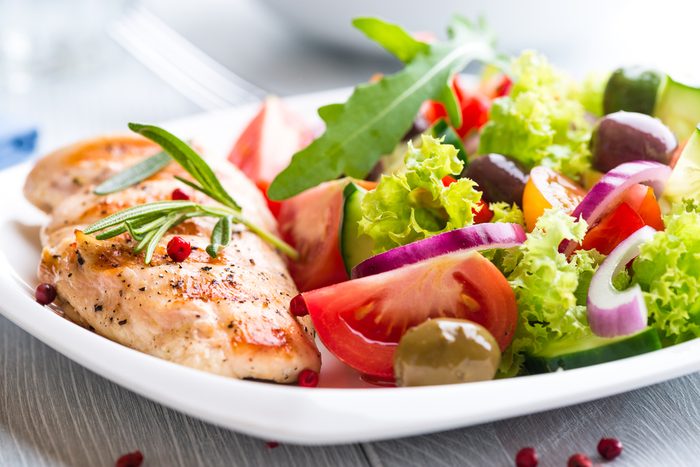
4. Remember What Your Mother Told You
Eating at least a couple of servings (ideally three) of fruits and vegetables with each meal is guaranteed to boost your micronutrient intake. One fantastic way to make fruit the star of your meal is to try jackfruit, says Jaelin, because it’s versatile and packed with fibre. “It’s very popular in the vegan and vegetarian communities because it has a meaty texture,” she explains. Jaelin recommends substituting jackfruit for your usual meat in a savoury curry dish or stew. Making “pulled pork” out of the fruit is a popular option, too. Whole jackfruit definitely takes some effort to prep for eating, but canned jackfruit is also available (Asian grocery stores are your best bet).
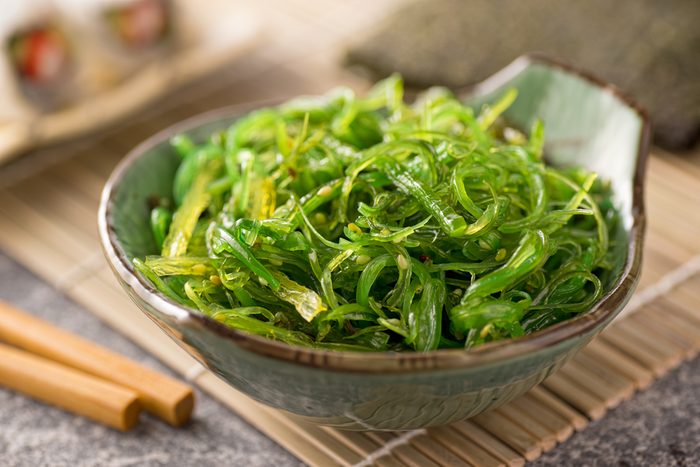
5. Under The Sea
Sea vegetables are one of the hottest food trends at the moment – and for good reason. “Seaweed is high in antioxidants, vitamin K for blood clotting, calcium and iron,” explains Jaelin, who suggests trying a seaweed salad dressed with sesame oil, soy sauce and rice vinegar. Telpner recommends using a type of sea vegetable called arame for this type of dish. Other sea greens include kombu and kelp, which Telpner says work well in soups and stews and can reduce the gassiness in beans if you add some to the pot when cooking up pulses. Seaweed is also rich in iodine, a vital mineral for thyroid health.
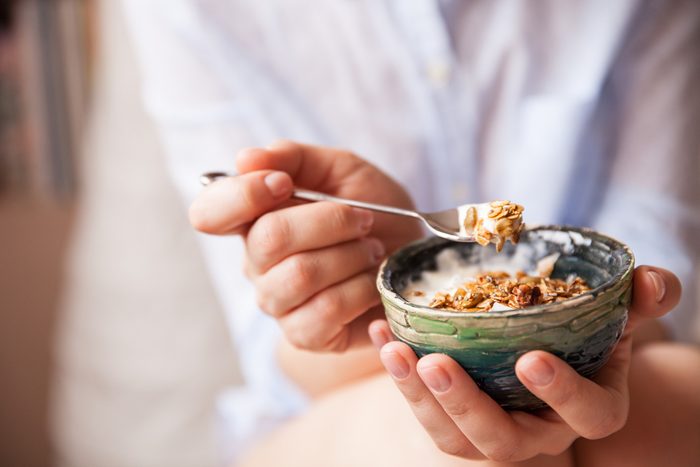
6. Fat Chance
Don’t forgo fat. A study published last March in the journal Circulation noted that consuming higher-fat dairy is correlated with a lower incidence of diabetes, and a meta-review of observational studies published in the European Journal of Clinical Nutrition in 2013 showed that high-fat dairy consumption is inversely associated with obesity.
Top your steamed broccoli with butter or try a more robust version of your favourite yogurt or milk – it will also help support fat-soluble micronutrient absorption. “Our bodies need fat to absorb certain nutrients, including the fat-soluble vitamins A, D, E and K,” explains Jaelin, who also says a higher-fat dairy product will likely leave you feeling more satisfied.
While Telpner encourages you to eat healthy fat, she typically recommends avoiding dairy, since it’s highly allergenic to many and can be difficult to digest. She recommends reaching for sources of fat like eggs, coconut oil, avocado, olives and fish. Ghee (clarified butter) is also a go-to source for Telpner. Although technically made from dairy, it’s processed differently by the body. “After straining out the dairy sugars and protein, what you’re left with are medium to short chain fatty acids, which are easily digested into our bodies to use immediately for energy, nourishing intestinal cells, dental health and fertility,” says Telpner.
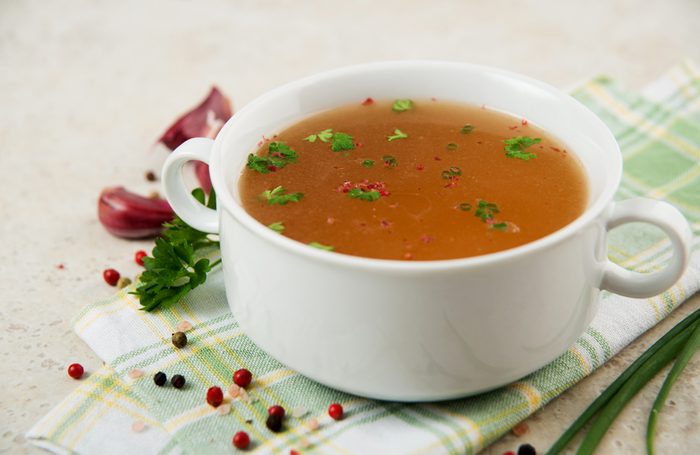
7. Bone Health
Boost your health in the week ahead by cooking up a batch of bone broth and storing it in the fridge in portable, single-serve containers to enjoy as part of your breakfast or lunch. Heat it up and enjoy it on its own or with added ingredients like eggs, or have it as a side to a sandwich or salad or even as a snack. “Many cultures have been drinking bone broth for years because bones contain calcium, phosphorus, magnesium and potassium, and you extract the nutrients when you cook the bones,” says Jaelin. She adds that the amino acids glycine and proline, which help to build and heal muscles, are released from the bones during the cooking process.
To make your own bone broth, roast a combination of beef, poultry, lamb and pork, either from leftovers or butcher cuts, in a 400°F (200°C) oven for an hour to deepen the flavours. Or, skip this step and pop them in a pot of cold water (stray bits of meat and all) with or without aromatics like onions and garlic. Bring to a boil and simmer for between 12 and 24 hours (the longer you cook them, the better, in terms of extracting nutritional benefits, says Jaelin). Finally, strain the broth and let it cool completely. Strapped for time? Bust out your pressure cooker to reduce the cooking time to just two to three hours.
Want a bone broth with more power? Try this recipe for Meghan Telpner’s Immune Power Broth.
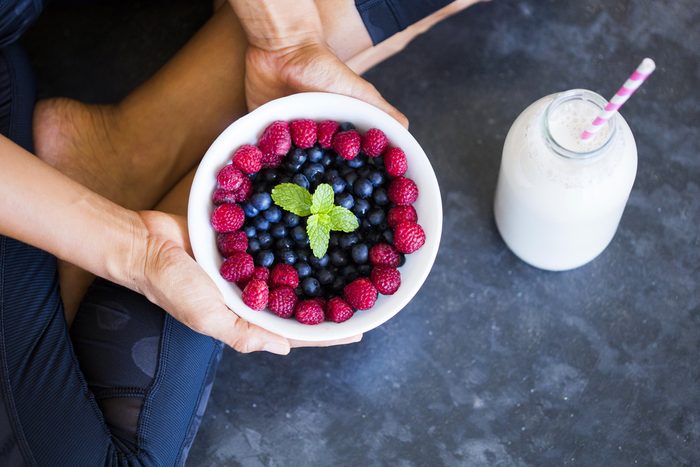
Make It Happen
Make one change per day. and then keep that change going the next day. “You don’t have to do it all at once,” says Telpner. “Let it be cumulative.”
